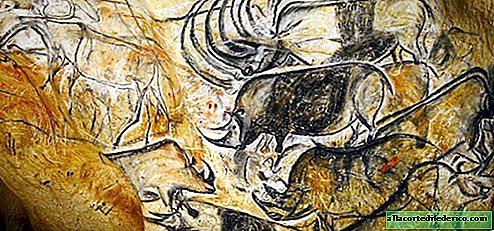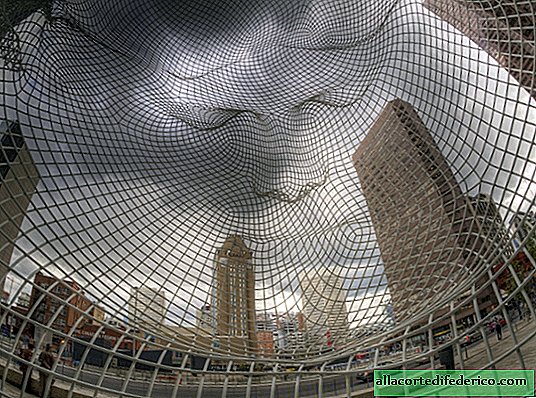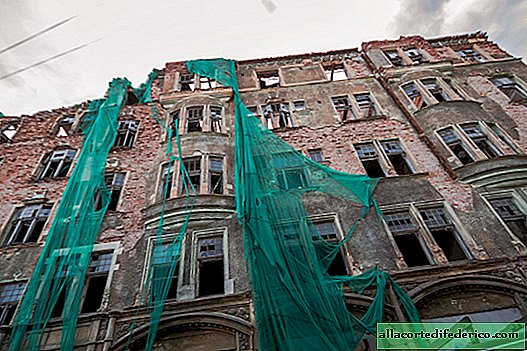Chauvet cave in France: a unique gallery of Paleolithic artists
France is one of the few places on Earth where amazing cave paintings of ancient people have been preserved in several caves. One of these is the unique Chauvet cave in the picturesque valley of the Ardeche River in the south of the country. Due to the large volume of well-preserved drawings, this cave is included in the list of UNESCO World Heritage Sites and is under the protection of the French state.

The Chauvet cave was discovered relatively recently, in 1994, by three French cavers. Up to this point, nothing was known about it for the reason that the entrance to the cave was littered with rocks in the era of ancient times. According to researchers, people belonging to the Aurignacian culture lived in this cave about 33 - 37 thousand years ago, and the estimated age of the oldest drawings is 33-30 000 years.

Chauvet Cave is an extensive network of corridors and halls with a total length of about 500 meters. The ancient inhabitants left on its walls more than 300 different drawings. The main characters of the paintings of ancient artists were wild animals that lived during the ice age: cave lions, bison, rhinos, tarpans, bears. Especially there are a lot of images of rhinos in Chauvet, here is the oldest of the drawings of this animal discovered on Earth.

In addition to rock paintings, amazing in their beauty and preservation, footprints of a child and an animal family of canids, a wolf or a dog were found in the Chauvet cave. According to archaeologists, the traces found are the oldest evidence of the domestication of wolves. Numerous bones belonging to the bears were also found in the cave.

To protect the unique heritage, it was decided to close access to the cave. Scientists fear that in a cave, which has long been isolated from the outside world, where its own special microclimate has formed, irreversible changes may occur. Drawings can also suffer from tourists eager for glory, leaving their testimonies next to the works of ancient masters. For these reasons, visitors are not allowed to enter the cave, and scientists have the opportunity to stay in the cave for an extremely limited time.


















